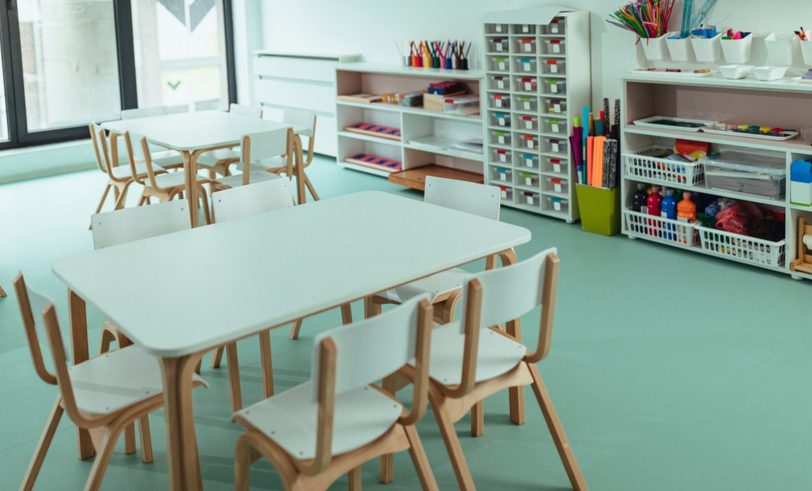A version of this commentary appeared in the St. Louis Post-Dispatch on December 8, 2020.
According to enrollment counts taken this fall, there are about 6,000 fewer kindergartners enrolled in Missouri public schools this year than there were last year and about 9,000 fewer pre-kindergartners. That’s a ten-percent drop for kindergarten and a 30-percent drop for pre-K. Where have they gone? According to a recent article, the Missouri Department of Elementary and Secondary Education (DESE) is “exploring” whether they are being homeschooled, have switched to a private school, or just didn’t enroll. It’s important to figure out where these children are, who is footing the bill for their education this year, and whether they’re likely to ever be public school students.
Similar to what has been reported across dozens of states, public school enrollment across all grades in Missouri is down. There are almost 25,000 students missing this year, and most of them are the youngest kids. It’s not surprising that in a year when districts are changing how and where they’re delivering education, sometimes multiple times, frustrated parents are attempting to take control and make their own calls about their children’s education. According to a national analysis by NPR, parents are passing on public school pre-K and kindergarten this year because they just don’t think virtual instruction is right for very young children. Equally, even if in-person learning is offered, they didn’t like the idea of their little ones starting school in the “weird” environment of masks and social distancing. As a result, they’re choosing to either homeschool, find a private school, or get together with friends and neighbors to create their own “micro school.”
It’s important to ask: If these children are beginning their elementary school experience somewhere else, then what is the likelihood that they will return to their assigned public school once things return to normal? Doesn’t it seem likely that some percentage of these parents will make their choice permanent?
In addition to having a better understanding of how and where Missouri students are receiving education this year, we also need to know where these children are because they come (or go) with dollars attached. The state of Missouri allocates roughly $6,500 for each public-school student, with additions for low-income students, students with disabilities, and students who are learning English as a second language. This is known as the “state adequacy target,” as it is the amount considered “adequate” to provide a high-quality education. What amount is adequate to educate students who aren’t even enrolled?
Enrollment counts and attendance rates, which are used to determine state funding, are probably a little crazy this year. But districts have an out. Missouri law allows districts to use the highest of the last two years’ enrollment numbers. And this year only, they can assume an attendance rate of 94 percent. There are countless stories about the difficulty of taking attendance this year, but the assumption that the attendance is actually 94 percent is ridiculous. In terms of the bottom line, the state could potentially spend over $100 million per year for the next two years on 15,000 students who were never enrolled in a public school. To reiterate, children who were never public-school students may be counted as such and funded as such until the 2022–23 school year.
While the state of Missouri will be sending millions of dollars to districts for students they never educated, parents are scrambling to figure out education solutions that work for their families and, in many cases, how to pay for them. They deserve a little relief. One free option for parents would be to enroll in the Missouri virtual program, MOCAP, which should be seamless this year and not require district permission. Equally, all parents, regardless of their income, should be able to create learning pods with neighbors and friends, and they should be able to access a portion of their state education funding to do so. Finally, some states, such as Oklahoma, are helping parents who are struggling financially cover private school tuition. Missouri should do the same.
One outcome of the COVID-19 pandemic is that State education funds are being misdirected to districts for thousands of students who were never enrolled, while parents are paying out of pocket for their children’s education. It’s time for bold action to help every Missouri student access an education environment that works for them and their family, not just the ones who can afford to pay for it on their own.


.jpg)
